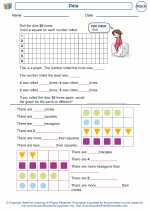Sort, Classify, and Order Objects
In kindergarten math, children learn to sort, classify, and order objects as a foundational skill for understanding mathematical concepts. These skills help children make sense of the world around them and develop important cognitive abilities.
Sorting
Sorting involves organizing objects based on their attributes, such as color, shape, size, or type. Children can sort objects into groups based on these attributes, helping them understand how things are similar and different.
For example, children can sort a collection of toy cars into groups of red cars, blue cars, and yellow cars. This helps them recognize patterns and develop their ability to categorize objects based on common characteristics.
Classifying
Classifying involves categorizing objects based on their properties or attributes. This helps children understand how different objects are related to one another and how they can be grouped based on shared characteristics.
For instance, children can classify a set of animals into groups of mammals, birds, reptiles, and insects. This activity helps them develop their understanding of the natural world and how living things are organized into different categories.
Ordering
Ordering involves arranging objects in a sequence based on a specific criterion, such as size, weight, or quantity. This helps children develop their understanding of relative positions and relationships between objects.
For example, children can order a set of blocks from smallest to largest or arrange a series of pictures in a story in the correct sequence. This helps them develop their understanding of ordinal numbers and the concept of sequencing.
By engaging in sorting, classifying, and ordering activities, children develop essential cognitive skills and lay the groundwork for more advanced mathematical concepts in the future.
Overall, the ability to sort, classify, and order objects is a fundamental skill that supports children's mathematical development and helps them make sense of the world around them.
.◂Math Worksheets and Study Guides Kindergarten. Sort, classify, and order objects
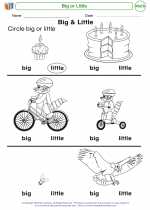
 Coloring Worksheet
Coloring Worksheet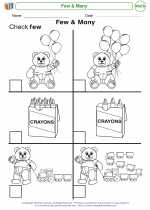
 Coloring Worksheet
Coloring Worksheet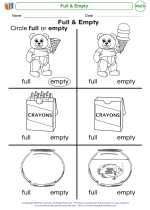
 Coloring Worksheet
Coloring Worksheet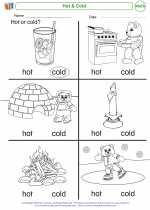
 Coloring Worksheet
Coloring Worksheet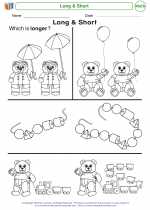
 Coloring Worksheet
Coloring Worksheet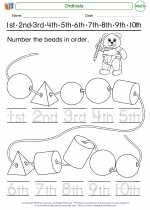
 Worksheet/Answer key
Worksheet/Answer key
 Worksheet/Answer key
Worksheet/Answer key
 Coloring Worksheet
Coloring Worksheet
 Coloring Worksheet
Coloring Worksheet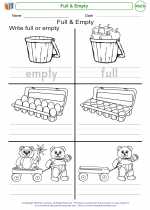
 Coloring Worksheet
Coloring Worksheet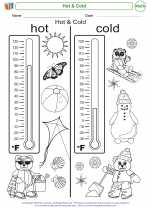
 Coloring Worksheet
Coloring Worksheet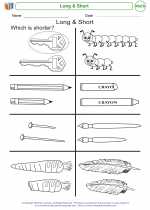
 Worksheet/Answer key
Worksheet/Answer key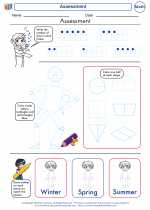
 Worksheet/Answer key
Worksheet/Answer key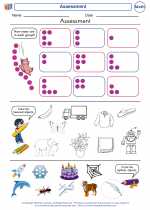
 Worksheet/Answer key
Worksheet/Answer key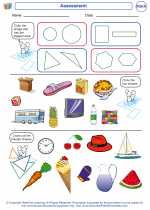
 Worksheet/Answer key
Worksheet/Answer key
 Worksheet/Answer key
Worksheet/Answer key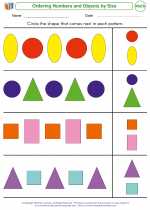
 Worksheet/Answer key
Worksheet/Answer key
 Worksheet/Answer key
Worksheet/Answer key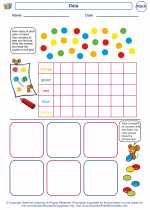
 Worksheet/Answer key
Worksheet/Answer key